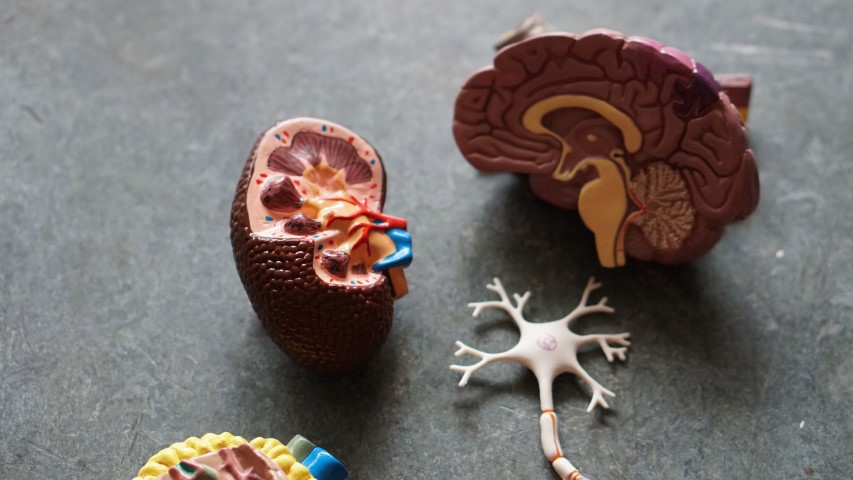Best Tips and Step 2 Resources for Your Neurology Rotation
- by
- Aug 27, 2019
- Reviewed by: Amy Rontal, MD

Don’t rack your brain figuring out how to shine on your neurology rotation and prepare for the neurology shelf. These high-yield Step 2 resources will help you both maximize your performance and minimize any headache in the process.
6 Tips and Study Resources for Your Neurology Rotation and Shelf Exam
1. Neurons, synapses, and questions: UWorld is your friend.
As with all clinically oriented study plans, questions should be front and center in your approach, and among the question banks, UWorld is the highest yield and most important.
The nervous system questions will be categorized under Internal Medicine (IM), but it is perfectly fine to delve into these if you haven’t done your IM rotation yet and you are recommended to redo them if you have. The questions you will be asked by attendings and residents on rounds, and then later tested on during the shelf exam, will often draw directly from then content presented in the UWorld explanations.
2. Seek out AMBOSS.
Unfortunately, while robust, the UWorld alone is probably not sufficient and it is worthwhile to seek another question resource. AMBOSS is a question bank relatively new to the United States that has many additional questions you can incorporate into your study plan.
However, because these questions are more challenging and test more granular content and because the explanations are generally shorter, this bank is probably more well-suited for a learner who is looking to expand the fund of knowledge he or she already accrued from the UWorld.
3. Want another 500 questions to review? Get PreTest Neurology.
Another great option is PreTest Neurology, which includes an additional five hundred questions organized into chapters based on categories like movement disorders or central nervous system infections; unlike the UWorld and AMBOSS, this question bank is print only and so may present a slightly different, albeit still worthwhile, experience.
4. Questions, questions, questions.
The bottom line is this: prioritizing questions will serve a three-part purpose of doing well on the neurology shelf, preparing for the USMLE Step 2 CK, and developing the fund of knowledge to do well on rounds and in the clinic.
5. Textbooks = brainfood.
Questions are best supplemented with a reading resource. A number of useful textbooks are available, each with a slightly different format for different learning styles.
The Case Files series presents a case and then discusses the relevant features of diagnosis and management; this is valuable for students who have found they retain information better when presented in the context of a clinical vignette.
Another option is the First Aid series which includes the familiar bullet-point approach and the Blueprints series which is similar in paragraph format with more details.
No single one of these books stands out from the others, so it would be best to select the one that presents information in the most efficient way for how you learn. However, it is important to remember that the questions are the most important and that the textbooks simply represent an addition to that.
6. Flex your mental muscles on rounds.
As a medical student on an inpatient service, one of your primary day-to-day responsibilities is to follow one or a few patients, including coordinating admission, completing daily progress notes, and trending labs. As you do this, one expectation is to read about the diagnosis and management of the conditions with which the patients entrusted to your care present.
UpToDate or Medscape are great resources for this and will provide you with a very well-researched perspective that can assist you in developing your assessments and plans.
For instance, if you have a patient with a suspected cerebrovascular accident, you can use the resource to form a differential diagnosis for the etiology and read about the management algorithm in an emergency setting. While these options may not be the greatest resources to prepare for the shelf exam, they do provide you with the depth you need to shine on rounds and take optimal care of your patients.
Looking for additional Neurology Shelf resources? We have you covered:
Now That’s What I Call High Yield: Neurology, Part 1
Now That’s What I Call High Yield: Neurology, Part 2
Photo by Robina Weermeijer on Unsplash









